K-Line’s latest entry into this niche is a saddle-tank locomotive made by the H.K. Porter Co. of Pittsburgh, Pa. I’m sure you’ve heard of Baldwin and Alco, but who the heck is this Porter outfit?
In a nutshell, the H.K. Porter Co. was a manufacturer of locomotives aimed at industrial operations. Porter customers were those with a need for a locomotive, but something smaller than the conventional-style locomotives that common carrier railroads used. Porter made traditional steam locomotives as well as locomotives that operated on compressed steam, and also a handful of internal combustion powered rigs.
Demand was fairly robust. In the “olden days,” many construction contractors would throw together some narrow gauge tracks and use a little “teakettle” steamer to do work that’s accomplished today by dump trucks or other material-handling vehicles. When a project was done, the locomotive went back into storage until the next job. By the mid-1920s, however, demand for Porter’s “dinky” locomotives was starting to wane, as the availability and capabilities of motor trucks and tractors grew.
Porter built locomotives with wheel arrangements from 0-4-0 to 2-8-2. In its 83-year history the firm made more than 7,000 locomotives in 78 different track gauges. Odd gauge locomotives were built, including 18-inch gauge engines for mines in the American West, 60-inch gauge Porters for Russia, and even 66-inch gauge locomotives for India. The narrowest gauge the firm ever tackled was 173/4 -inches – for three steamers bound for a line in Austria.
Porter ceased making locomotives in 1950, focusing on other industrial products instead. The Porter trademark isn’t dead; you can still buy H.K. Porter bolt cutters at acehardware.com!
The model
Don’t dismiss the lowly 0-4-0 to the annals of American locomotive production. According to steamlocomotives.com, more than 600 of these diminutive engines still exist (in tender, tank, and fireless versions), and 76 are still operational. Not too shabby when you consider that absolutely no “Superstars” like the New York Central Hudson or Niagara are still around.
The K-Line 0-4-0T model captures the detail and spirit of the Porter family of locomotives. The locomotive appears to be a properly proportioned but over-scale sized model of an 8-ton B-S model (B for twin axle, S for saddle-tank) wood-burning switcher. It is simultaneously “cute” and, to be honest, pretty spud ugly. But then so are Jimmy Durante, Jedi Master Yoda, and Larry, Curly, and Moe; yet all are quite popular.
Looking through the vast Kalmbach collection of books and photographs, I saw many photos of Porter 0-4-0Ts that matched the K-Line model to a “T,” but most captions noted that the locomotive in the photo was a light narrow gauge switcher, and a diminutive one at that.
K-Line’s catalog and website clearly tout the Porter as a 1:48 scale model. So that prompted me to borrow a Bachmann On30 Porter locomotive to compare it to the K-Line locomotive. (On30 means an O scale model designed to operate on narrow gauge track that is a scale 30 inches wide. Not coincidently, HO track, when measured using an O scale ruler, is 30 inches wide.)
As you can see in the photos on pages 95 and 99, the locomotives look quite similar, except that the 1:48 scale K-Line locomotive is much larger than the 1:48 scale Bachmann locomotive.
A co-worker, who is a narrow gauge enthusiast, noted that a crewman should be about as tall as the inside of the cab on this type of locomotive. The cab of the K-Line Porter, however, measures just over 9 scale feet tall from floor to ceiling.
In the end, I decided not to worry about the locomotive’s scale and to simply enjoy the model for what it is – a well-made, nicely detailed, and very economical steamer.
The Porter has a die-cast metal boiler, cab, and frame. It has a business-like appearance – whether that business is lugging cars around a coal-mine tipple or kiddies around a theme park. There are many smooth surfaces on this model – which doesn’t mean a lack of detail. The tooling is first rate, and we noted no flaws or blemishes.
While the pilot is pretty Spartan with just 12 rivets (only six that you can see without lifting the model), the smokebox has rivet detail as well as a number plate and an add-on (non-functional) door latch.
On top of the smokebox you’ll find an illuminated headlight and a diamond-style smokestack. A “cinder catcher” cap fits onto the top of the stack. When removed, even shaky hands can easily add smoke fluid to the locomotive. But be advised that this neat, see-through feature uses gravity to stay in place. If you turn over the locomotive, you’ll be on the floor searching for the cap.
On the saddle-tank, just behind the firebox, is a bell, a hatch for water, and a sand dome. Lift the hatch and you’ll see controls to lock-out the reverse unit and turn off the smoke unit.
The shape of the sand dome, with a sheet-metal style cap, suggests a 19th century locomotive. The dome has two thin sand lines running down both sides of the saddle-tank, almost down to track level, as if ready to pour out the tan stuff for extra traction. You’ll also find thin steam pipes going from the boiler to the steam chests.
To ensure that crews can keep their steamer clean, each side of the tank has a small platform and a grab iron for hostlers to do their thing.
The drive wheels are 3/4 inch tall (3 feet in O scale) and show nice spoke and counterweight detail.
The running gear is simplicity in itself. The steam chests on the K-Line Porter are angled upward, as is the case with real-life B-S model Porters. On the model, however, the side rods are not turned upward at an equal angle.
This mechanical design wouldn’t work in the real world, but don’t get all flustered about it. I mean, the locomotive runs on three rails, right?
The cab also has a fair amount of detail, including rivets, valve handles, and an add-on smokebox door lever. There is a cab light and a steam pressure gauge. There is also a steam line rising from the firebox and running to the whistle on the cab roof. A small light bulb is located high above the steam gauge. On both sides of the cab’s entrance you’ll find add-on grab irons.
There’s an O gauge engineer figure inside the cab, sitting up high on a gray arm chair balanced between the firebox and the left side (fireman’s) window. In normal use, a few logs ready for the firebox would be in a pile on the cab floor. Remember, this is a model of a small locomotive that doesn’t require much at all in the way of fuel.
The locomotive’s decoration consisted of a satin black finish, white lettering and window panes, a white face on the steam gauge, and a Porter builder’s plate on the saddle-tank (most Porter plates I’ve seen were on the smokebox). An especially nice touch is the number on the cab side, since it was applied over an uneven surface.
The model is available in quite a few road names. The choices include Heinz, Keystone Coal, Lackawanna, Pennsylvania, Raritan Copper, Union Pacific, United States War Department, West Side Lumber, and Western Pacific. Some road names are sold packaged with additional freight cars at different prices.
If you like the model but not the gauge, K-Line has a surprise for you: Portermania has spread to S gauge.
The firm has cataloged three Porters for the S gauge line. Models include the nos. K517-001 Pennsylvania, K517-003 Southern Pacific, and K517-002 Timken.
On the test track
Simply put, this model put in a solid performance on our test track. The motor was exceptionally quiet and supremely smooth. It was responsive at all speeds, and was fun both running with the throttle wide open, as well as “puttering” up and down the mainline.
Our speed-range average for this locomotive was 3.8 to 57.9 scale mph.
Drawbar pull for the 1-pound 11-ounce locomotive was 5 ounces, which equaled three or four freight cars of mixed make and vintage.
Our sample came with O scale couplers installed, but after a brief exorcism, I banished demonic devices, replacing them with traditional operating magnetic knuckle couplers that came with the Porter.
Two pickup rollers underneath the locomotive are 23/4 inches apart. When the Porter ran through a switch, depending on the switch type and the locomotive’s speed, it occasionally stalled. Overall though, the operating experience was enjoyable.
I was surprised at the robust output from the smoke unit. The higher we turned up the voltage, the better it got.
The Porter comes without any sound or command-control packages (what do you expect at this price?), but that suited me just fine. O scale fidelity aside, this little locomotive is big on personality and performance with a highly attractive price.





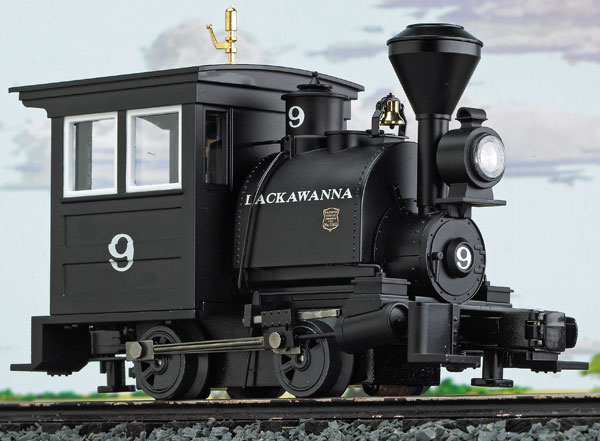

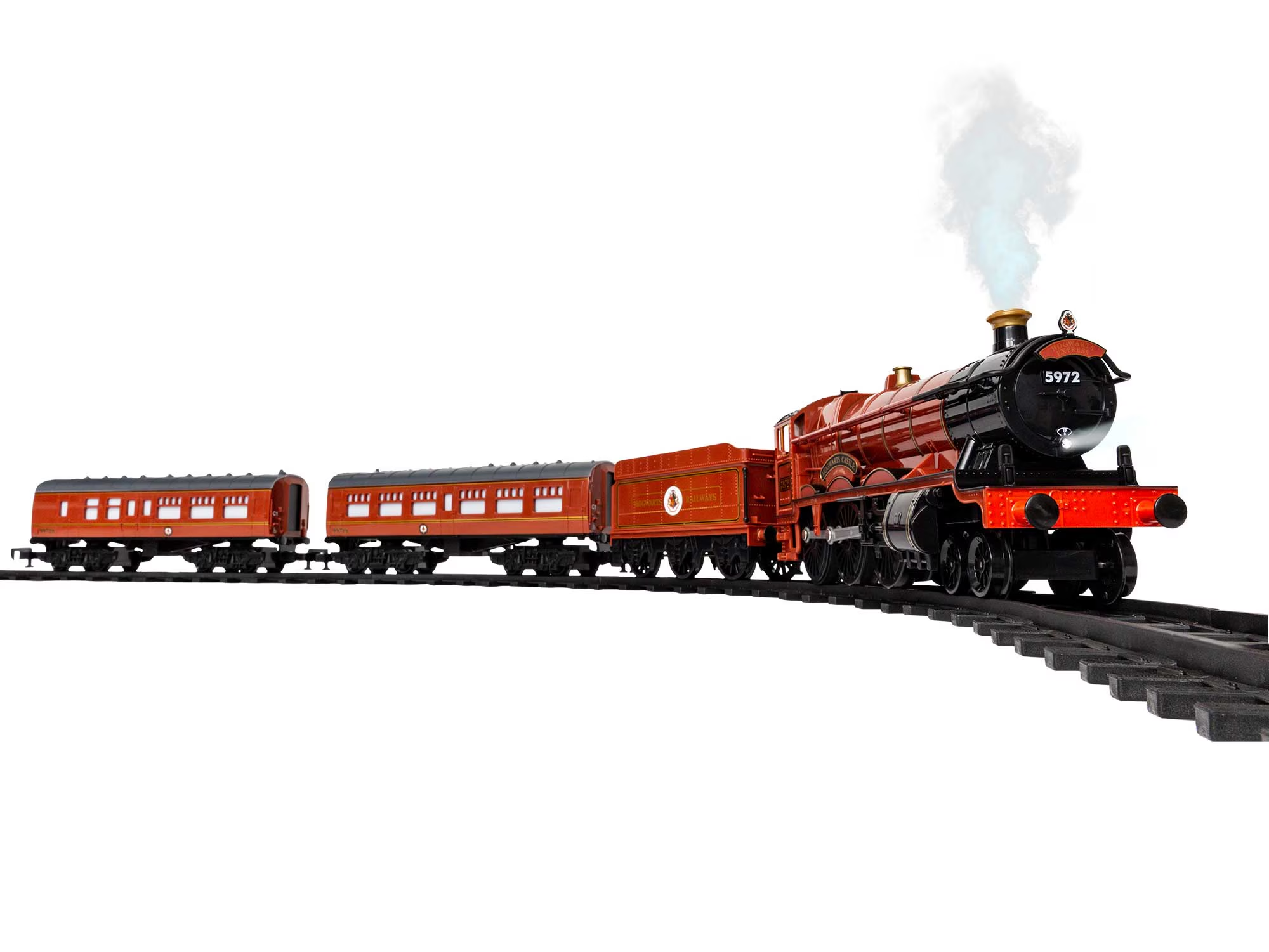
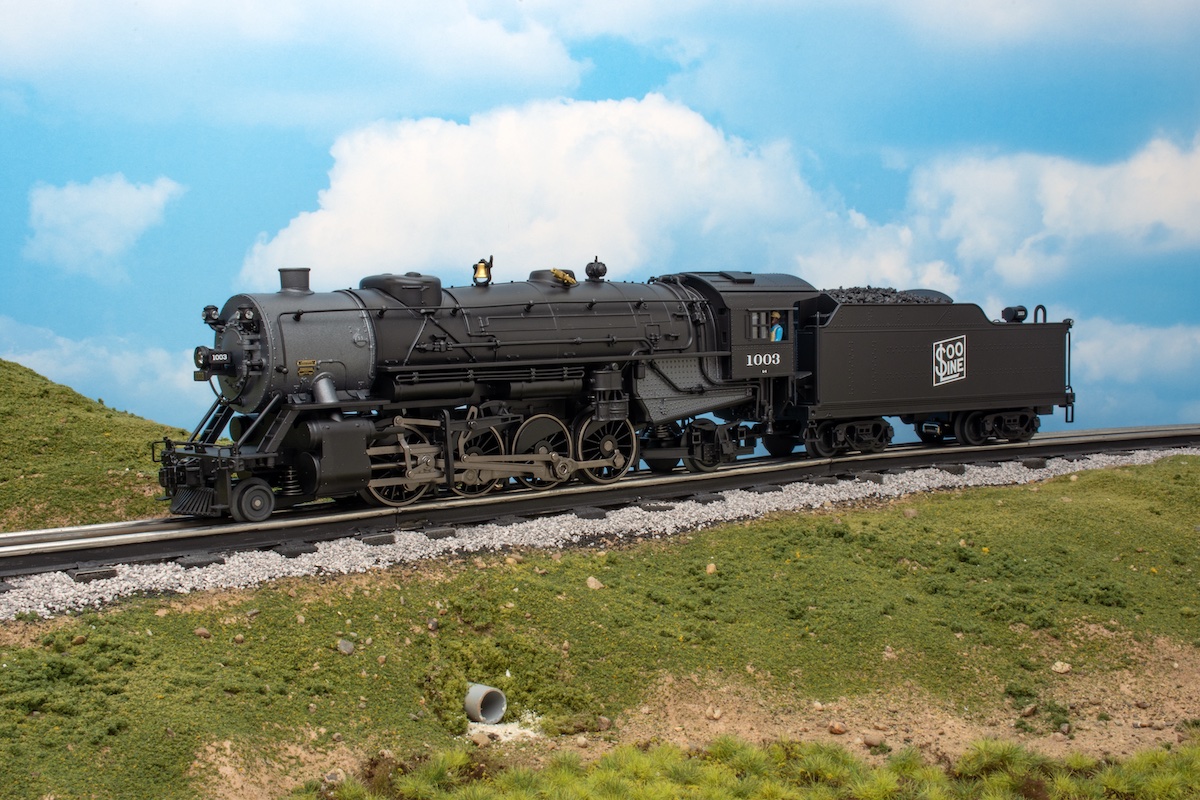
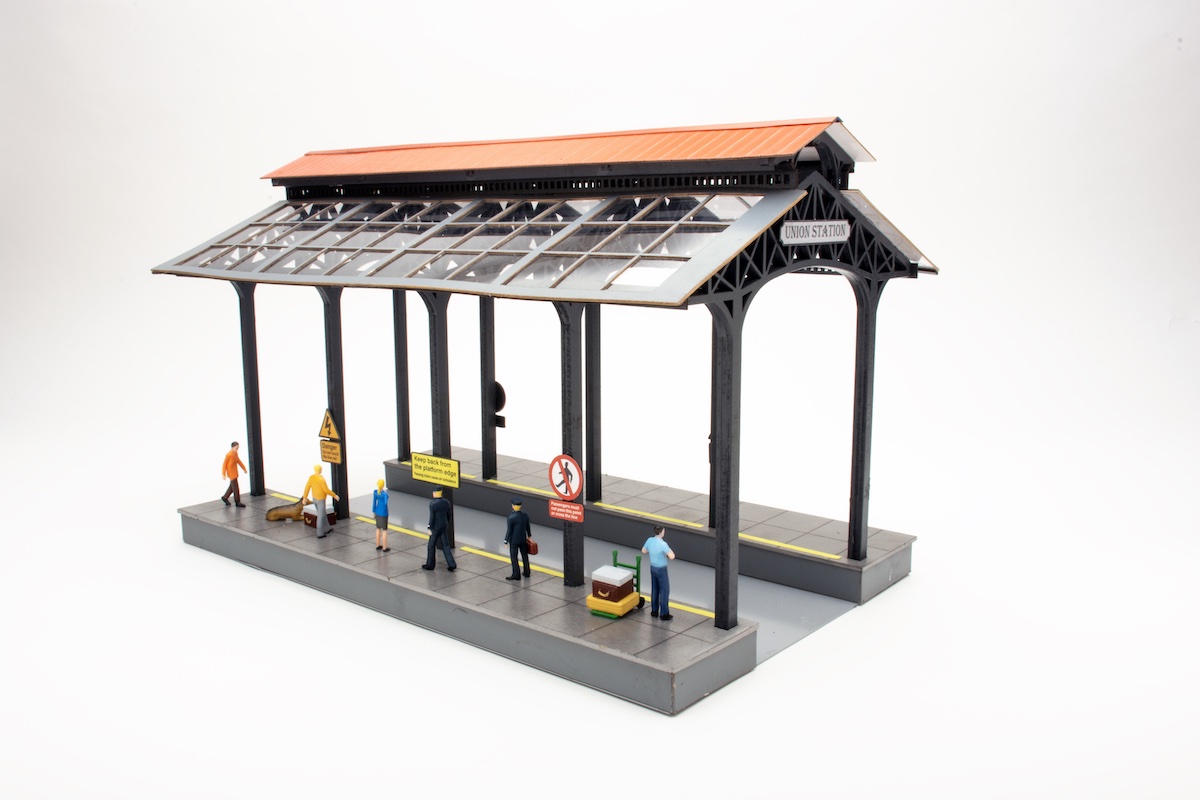
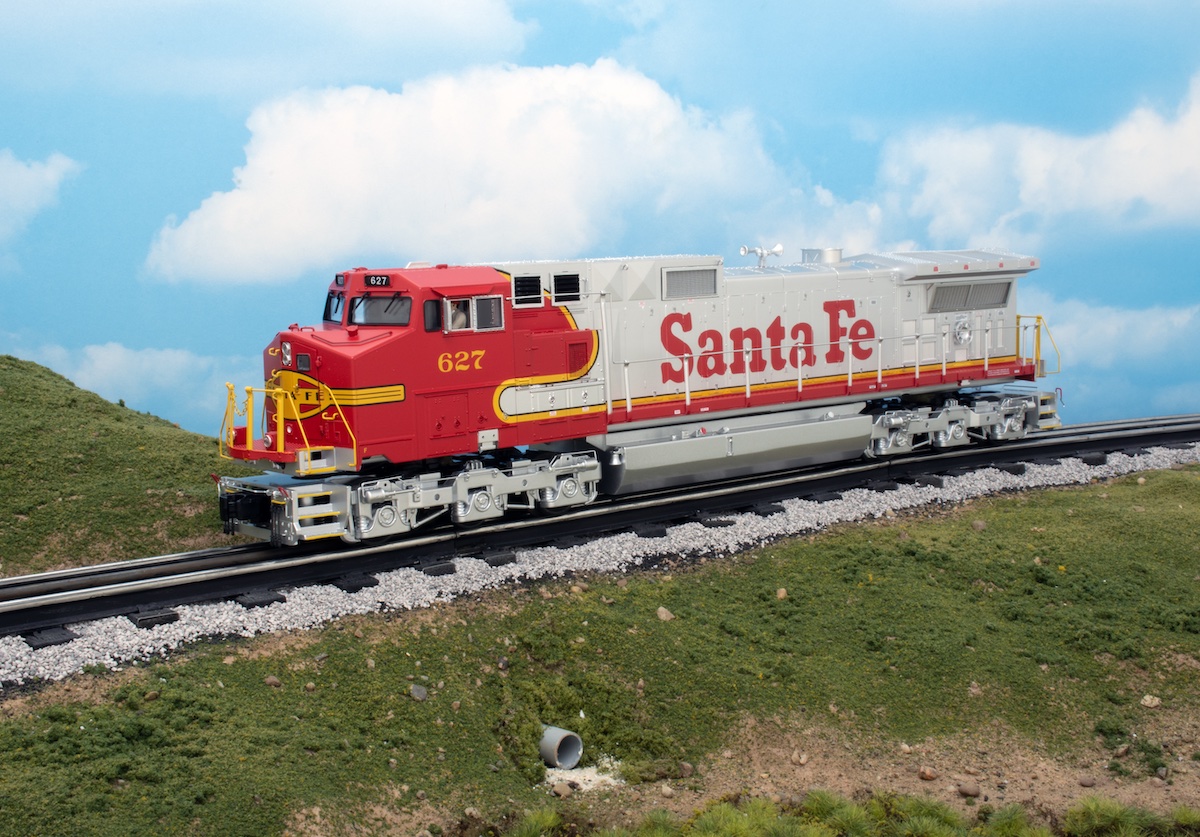




I've had mine for at least three years and love it .My youngest Grandson want me to run it each and every time he comes to the house.
Love mine, but be careful as the front screw on the bottom of the smoke box will get loose and fall out. this lets the side rods and all fall out. I put mine back together with a little blue locktite and have not had a problem since.